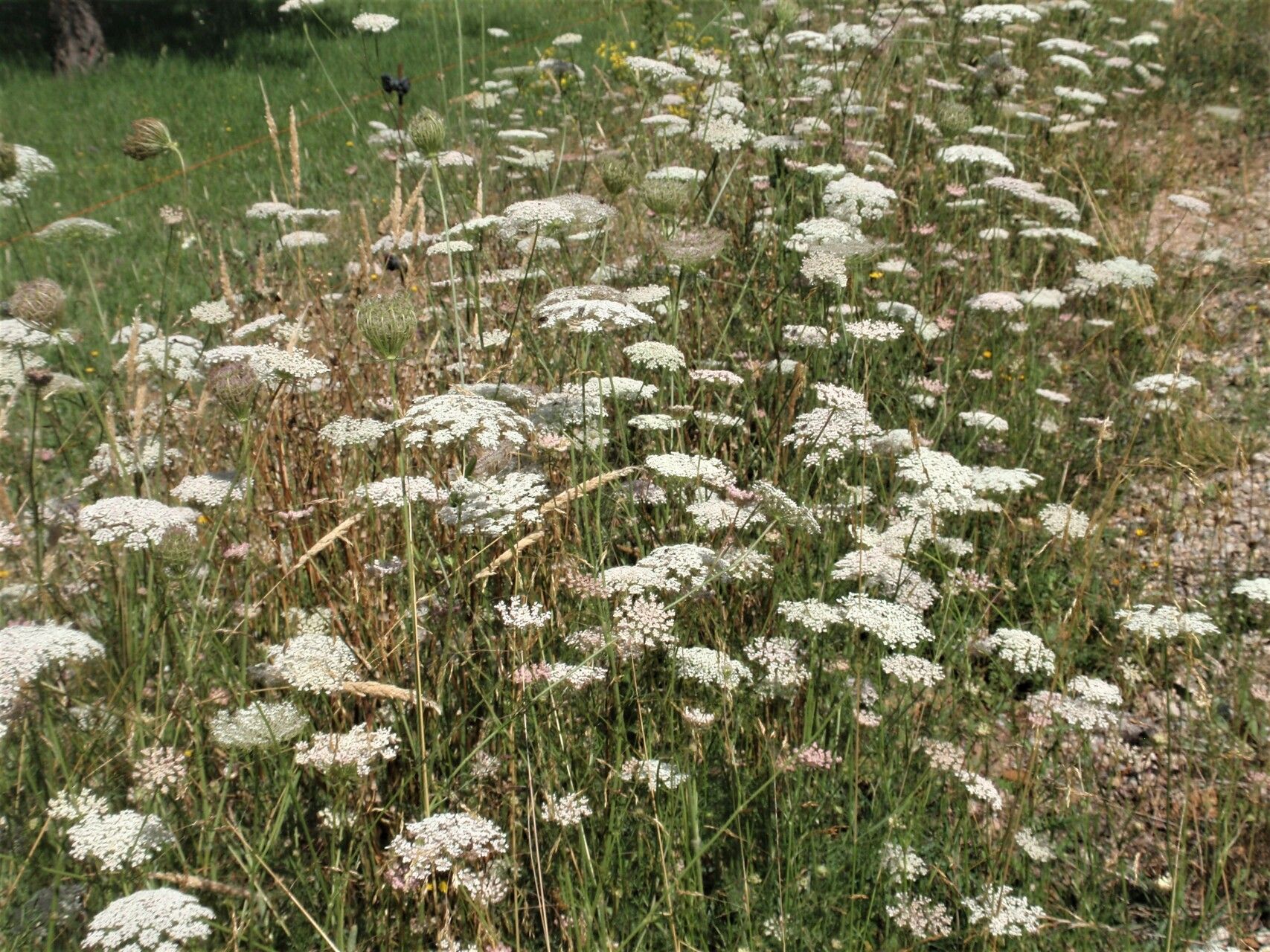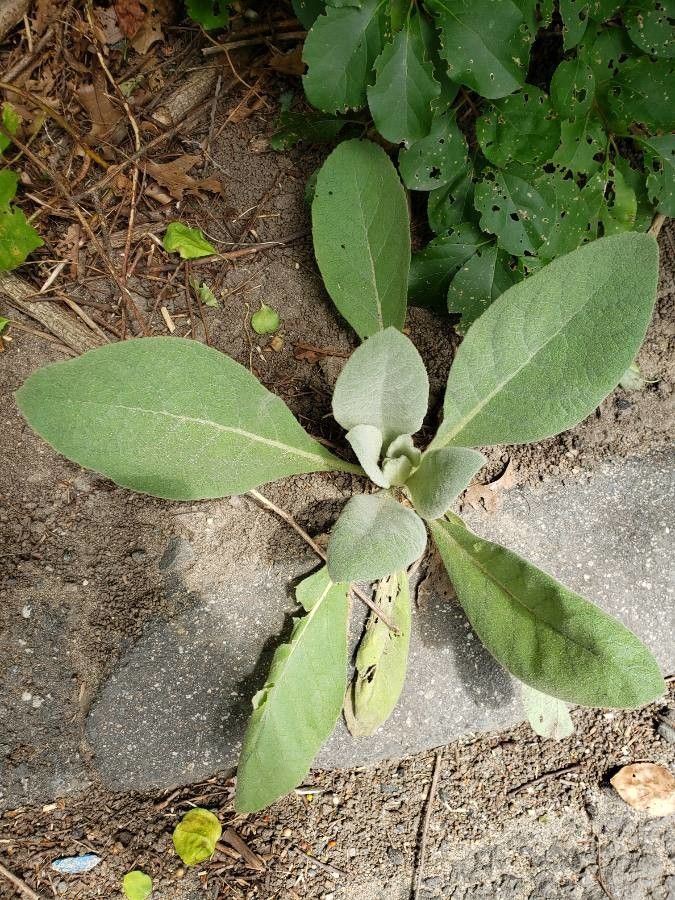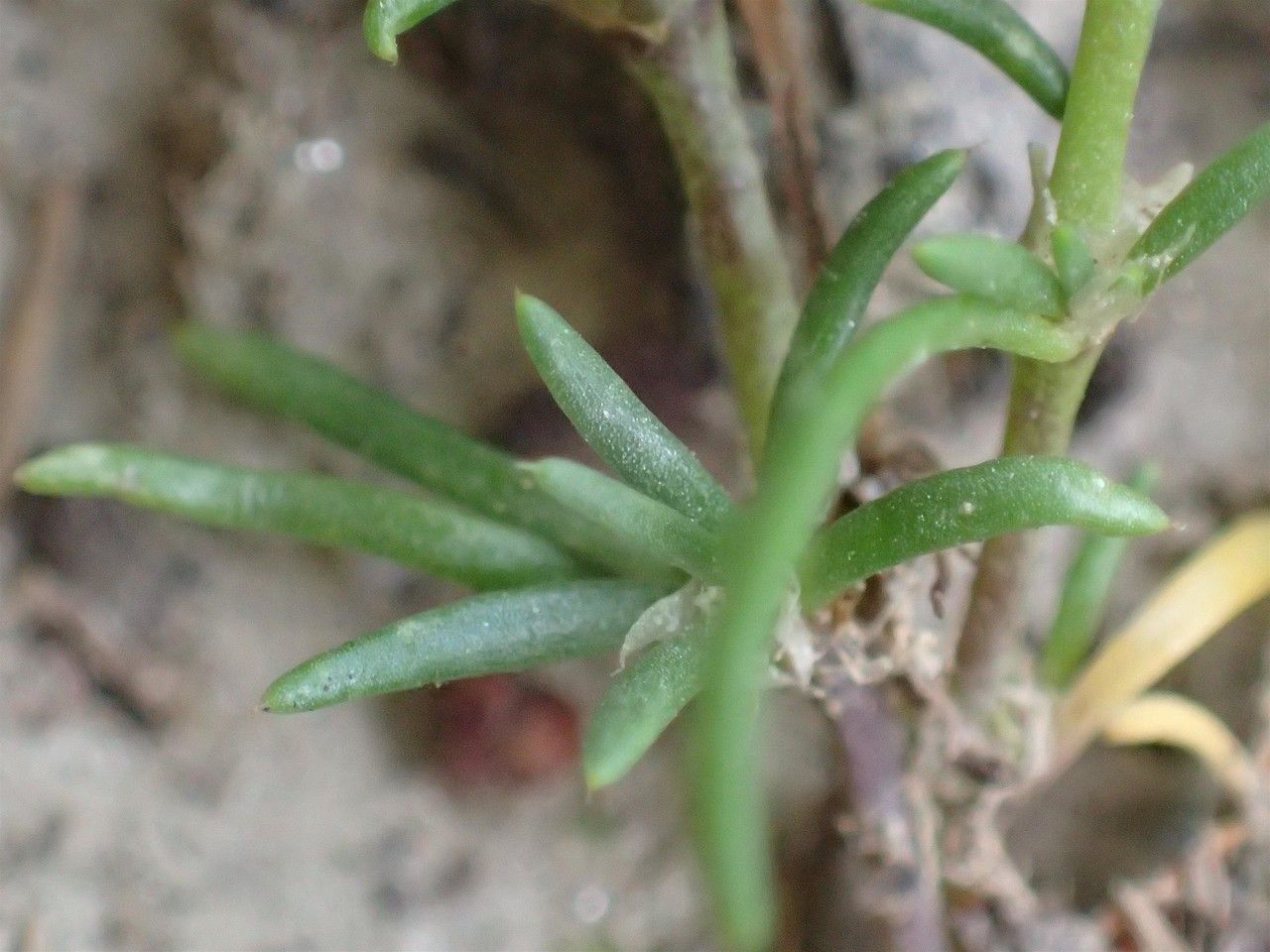## The Humble Carrot: A Gardener's Delight
The carrot ( *Daucus carota* ), a ubiquitous member of the Apiaceae family (which also includes parsley, celery, and dill), is far more than just a crunchy snack. This versatile root vegetable boasts a rich history, dating back millennia, and offers a delightful range of culinary uses, from simple salads to complex stews. But beyond its deliciousness, cultivating carrots presents a rewarding experience for gardeners of all levels.
### Habitat and Growth
Carrots thrive in cool climates, preferring temperatures between 60°F and 65°F (15°C and 18°C). While they can tolerate some heat, excessively warm conditions can lead to bitter-tasting roots and bolting (premature flowering). They need at least six hours of direct sunlight daily to flourish, though slightly less sun might be acceptable in cooler climates. As a long-season crop, they require approximately 70-80 days from sowing to harvest, depending on the variety.
### Soil Needs
Carrots have a reputation for being finicky about their soil. The key to successfully growing carrots lies in choosing loose, well-drained soil that's free from rocks and stones. Compacted soil will result in misshapen, stunted roots. Sandy loam is ideal, but amending heavy clay soils with plenty of organic matter, such as compost, can improve their drainage and texture significantly. The soil pH should be slightly acidic to neutral (6.0-7.0).
### Planting Carrots
Carrots are typically grown from seed. Sow seeds directly into the prepared soil about 1/4 inch deep and 1-2 inches apart. Thinning is crucial; once seedlings emerge, carefully remove weaker plants to ensure proper spacing (about 2-4 inches apart, depending on the variety). Avoid overwatering, as this can lead to root rot. Consistent moisture is key, but avoid waterlogged conditions.
### Pests and Diseases
Carrots can be susceptible to various pests and diseases. Common problems include carrot root flies, aphids, and fungal diseases like leaf blight. Regular monitoring and preventative measures, such as crop rotation and the use of organic pest control methods, are essential for healthy plants. Proper spacing also improves air circulation, reducing the risk of fungal infections.
### Harvesting Carrots
Carrots are ready for harvest when they reach the desired size, usually 2-3 months after sowing. You can gently pull them from the ground or use a garden fork to loosen the soil around the roots. Avoid damaging the roots during harvesting. Freshly harvested carrots can be stored in the refrigerator for several weeks.
### Selecting Carrot Varieties
With a wide variety of carrot types available – Nantes, Imperator, Chantenay – consider factors such as size, shape, color and growing season when selecting the best carrot variety for your garden. Experimentation is key to discovering your favorite.
Growing carrots successfully is a testament to patience and attention to detail. But the rewards – the sweet taste of homegrown carrots – are well worth the effort. So, get planting and enjoy the fruits (or roots!) of your labor!
Carrots: Planting, Growing & Harvesting Guide

Frequently Asked Questions
How to grow carrots from seed?
Sow seeds directly into loose, well-drained soil about 1/4 inch deep and 1-2 inches apart. Thin seedlings to 2-4 inches apart. Keep soil consistently moist but not waterlogged.
What type of soil do carrots need?
Carrots need loose, well-drained soil, ideally sandy loam. Amend heavy clay soils with compost to improve drainage. The ideal pH is slightly acidic to neutral (6.0-7.0).


